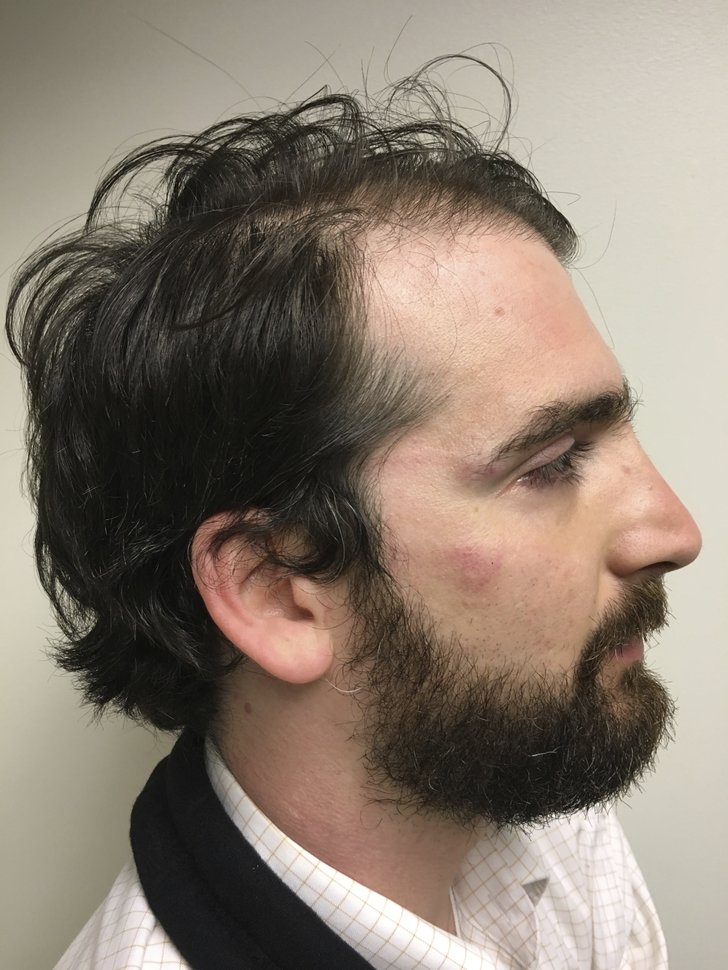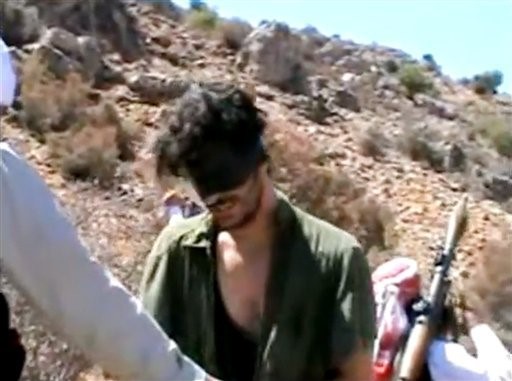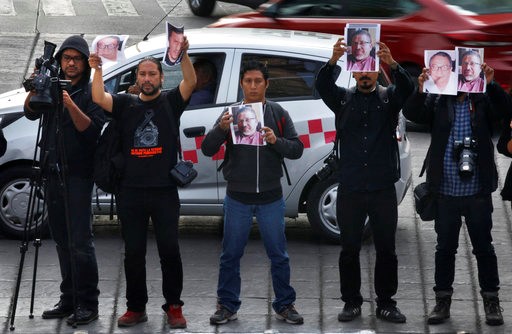At 2:35 p.m. on Oct. 16, journalist Daphne Caruana Galizia—whose résumé includedan apparently indefatigable investigating the Panama Papers investigator and criticizing high-powered government officialcritics—published a new scathingly condemned a Maltese official on her post on her blog. Thirty minutes later, she was dead. she was dead, the victim of a caTher bomb that planted inripped apart Caruana her Galizia’s car not only stole her life; by silencing an assiduous voice for the public interest, it also threatened readers’ rights to accurate information and government accountability.
While shocking, So farCaruana Galizia’s death is not outlying—32 journalists have been killed in 2017. Since 1992, a staggering 1,26058 have perished for their work. And these figures—reflecting only reported deaths with confirmed motives—likely under-emphasize the issue.
Because media is a public good, numerous actors maintain overlapping and competing interestssts in press freedom and safety. These include journalists, their aggressors, institutions charged with protecting them and the citizens they serve.
Reporter-audience social media engagement aside, journalists—champions of vulnerable populations and challengers of corrupt officials—are fairly anonymous to readers. Their primary visibility as small-font overshadowed by their workbylines atop more consequential stories may facilitate public unawareness of of media-directed attacks. Violence that does breach the collective consciousness often only involves Western reporters; while ISIS’ 2014 executions of Americans James Foley and Steven Sotloff rightfully galvanized societal attention, simultaneous terrorization of Middle Eastern media workers did not. Most journalists killed in 2017 covered war, politics, human rights, corruption or crime, and about 78% have been male. Yet, as Kim Wall’s death demonstrates, women and reporters covering other beats are not immune from harm.
Aggressors’ diverse identities, motivations and locales facilitate this issue’s intractability, as confronting one adversarial group may not impact others espousing separate ideals. Political organizations, military figures, criminal networks, unknown parties, governments and local residents are all suspected in reporter deaths this year. The violence isn’t even regionally constrained, as slayings have occurred in Iraq, Syria, Mexico, Yemen, Russia, Afghanistan, South Sudan, Somalia and the PhilippineThe violence has been globally distributed, with slayings in Iraq, Syria, Mexico, Yemen, Somalia, Russia, Afghanistan, South Sudan and the Philippines. South Africa might be added to this list; in June, “SABC 8” journalist Suna Venter died, apparently of a stress-related heart condition, after enduring death threats, break-ins and being shot in the face.
As in Venter’s case, governments charged with protecting journalists as citizens—if not the press as an institution—may facilitate their harm. This transfers responsibility to international institutions with sometimes similarly questionable commitments to press freedoms. For example, the United Nations’ Economic Social Council drew criticism for deferring the Committee to Protect Journalists’ consultative status application seven times in four years. Still, the UN General Assembly declared May 3 “World Press Freedom Day” in 1993, and global governance structures have adopted declarations, conventions and resolutions protecting reporters.
For instance, Article 19 of the 1948 Universal Declaration of Human Rights states, “everyone has the right to freedom of opinion and expression; this right includes freedom to hold opinions without interference and to seek, receive and impart information and ideas through any media and regardless of frontiers.” Article 79 of Geneva Convention Additional Protocol I extended civilian status to reporters covering international armed conflicts, allowing the International Criminal Court to prosecute their attackers. Finally, Article 4(A) of the Third Geneva Convention requires adversaries treat captured war correspondents as prisoners of war.
While they affirm the press’ institutional legitimacy, these frameworks are differentially valuable in theory and practice. Affording journalists civilian protections may imply their increased safety during conflict. However, non-combatants often suffer egregious abuses, and international law constrains the ICC’s ability to realize justice with war criminal convictions. Evidently, aggressors may disregard journalists’ civilian-like status. For example, ISIS released propaganda footage of Foley’s and Sotloff’s beheadings, reducing them to diplomacy pawns and denying their rights as private individuals.
Legal and cultural diversity also constrain press protections’ efficacies. Variable community values and principles of freedom may impact groups’ respect for and adherence to the UDHR and Geneva Conventions. As true global government doesn’t exist, responsibilities of enforcing internationally-defined journalistic protections fall upon individual countries. Yet, they largely ignored a 2014 UN Human Rights Council resolution calling for action against widespread impunity. Government aggressors have particularly negligible incentives to protect reporters.

In April, Mexican newspaper Norte shuttered its newsroom, a casualty of the country’s press-oriented brutality. Such media outlet closures create a human rights conundrum, simultaneously saving journalists’ lives and hindering citizens’ rights to be educated on current events. Furthermore, Western news services departing violent developing countries reinforces the Global North’s historical dominance of discourse.
Cognizant of the dangers, journalists like Caruana Galizia risk their human rights in defense of society’s, making sacrifices effectively spurned by ignorant audiences. Are we doing enough to protect these seemingly-disposable public servants? Death tolls suggest not. But what—considering tremendous situational variability—can we do? My posts will seek solutions, probing the journalism-human rights intersection and considering how factors like competing actor interests and disparately-defined press freedoms impact reporter-directed violence. By complicating these relationships, I hope to elucidate approaches that dodge intractability and publicize threats to journalists, moving them—at least temporarily—from the byline to the headline.










